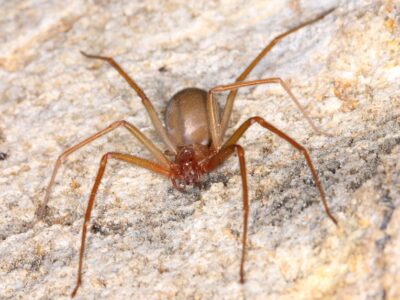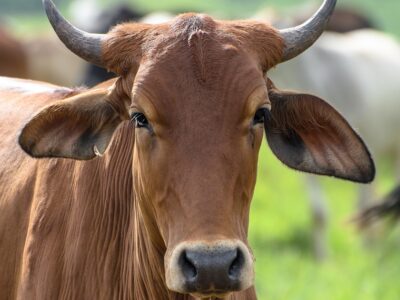Below you can find a complete list of Guyanan animals. We currently track 249 animals in Guyana and are adding more every day!
The tropical rainforests, savannas, and coastal plains of Guyana are home to various types of animals. Some of the most unique wildlife native to this South American country include the jaguar, black caiman, cane toad, giant armadillo, jabiru stork, capuchin monkey, and leatherback turtle.
This country has 225 mammal species, 800 species of birds, 176 reptile species, 148 amphibian species, and 2,000 plus species of fish!
The Official National Animal of Guyana

The mighty jaguar is the national symbol of Guyana.
©Pedro Helder Pinheiro/Shutterstock.com
The jaguar is the national animal of Guyana. The strength and courage of this native big cat make it the perfect symbol of the small country. Guyana’s coat of arms features two jaguars.
The jaguar is a powerful and majestic animal native to the rainforest of Guyana. It has a thick yellow-brown coat with black spots and rosettes covering its body. Its head is short and round, featuring large ears that help it hear prey from far away. Jaguars are strong swimmers and can climb trees in search of food.
The jaguar was chosen as the national animal of Guyana because it represents strength, courage, endurance, and resilience, all qualities associated with the Guyanese people. The jaguar also symbolizes the flora and fauna found in Guyana’s vast rainforest ecosystem, which provides many resources for the country’s inhabitants. In addition to being an important part of their culture, the presence of these animals helps maintain healthy populations of other species by keeping ecosystems balanced through natural predation patterns.
Where to Find the Top Wild Animals in Guyana
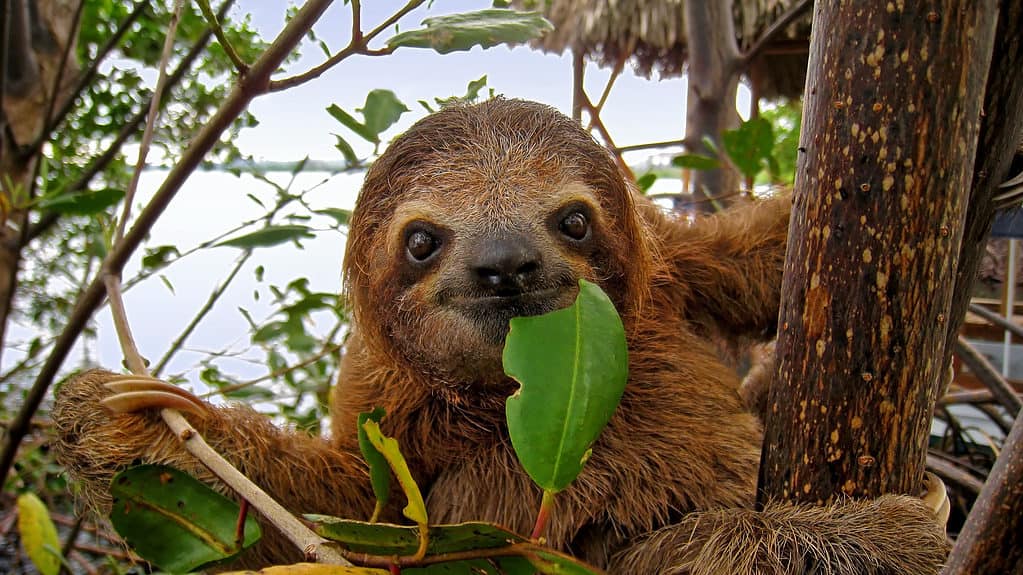
A Brown-throated Three-toed sloth is one of many animals you might spot when visiting Guyana.
©Damsea/Shutterstock.com
Guyana is an incredibly biodiverse country, making it a great destination for wildlife viewing. It is home to many species of animals, including jaguars, sloths, monkeys, otters, and more.
Some of the best places to see wildlife in Guyana include the Iwokrama rainforest reserve in central Guyana and the Kanuku Mountains in southern Guyana. In these areas, you can expect to see a variety of wild animals, such as toucans, macaws, capuchin monkeys, and even giant anteaters!
Other popular spots for wildlife spotting are Surama Eco-Lodge and Rupununi Savannah Lodge. Here you can observe giant river otters on the rivers or spot tapirs at night from your lodge’s terrace. With so much biodiversity packed into one small country, it’s no wonder that Guyana has become a top destination for wildlife enthusiasts looking for amazing animal encounters!
A lot of the most unique animals local to Guyana live in rainforest habitats. Listed are some popular places to find the top animals in Guyana.
- Jaguar – These big cats live in a dense rainforest habitat. They can be seen in Guyana Botanical Gardens in Georgetown.
- Capuchin Monkey – This animal, also called the wedge-capped capuchin monkey, lives in a wet lowland forest habitat. They receive protection and shelter in Iwokrama Forest Reserve.
- White-Throated Toucan – These colorful birds live in the tropical rainforest. Many of them inhabit the Iwokrama Forest Reserve.
- Giant Otter – These mammals live in freshwater rivers as well as streams. A giant otter lives in the Guyana Botanical Gardens and Zoo. They also live in the Iwokrama Forest Reserve.
- Emerald Tree Boa – These snakes have a tropical rainforest habitat in Guyana. This bright green snake can be seen in Guyana Botanical Gardens and Zoo.
- Tapir – This unique animal lives in a dense forest and swampy habitat. They also live in the protected environment of Guyana Botanical Gardens and Zoo.
Birds in Guyana
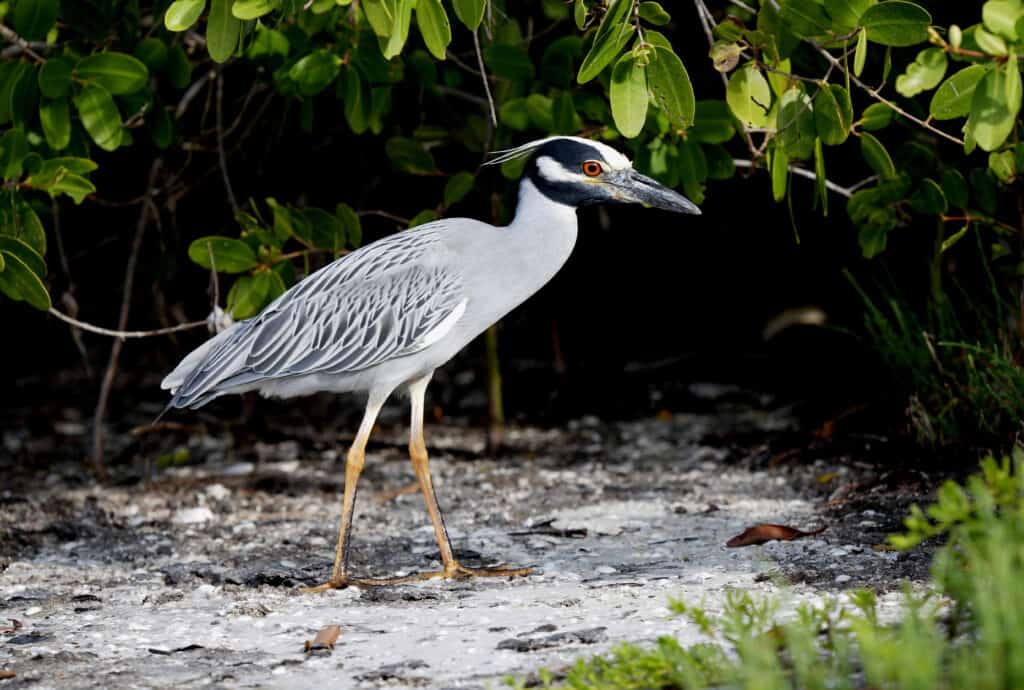
The yellow-crowned night heron inhabits Guyana.
©iStock.com/neil bowman
Guyana is prominent for its extensive rainforests, covering around 80 percent of the country, the perfect environment for multitudes of eccentric bird species. Birding in the country is highly accessible and promoted through charters and guides. Out of the 800 species living in Guyana, over 70 are considered endemic to the Guiana Shield of northeast South America. Some quite unique endemics include:
- Guianan Cock-of-the-Rock
- Blood-colored Woodpecker
- Guianan Toucanet
- Northern Red-shouldered Macaw
Habitats vary throughout the country, giving rise to dozens of areas great for bird watching. From the capital on the coastline to the inland savannahs, avifauna exists almost everywhere within Guyana. Some of the best places to bird watch are:
- Georgetown Botanical Gardens – White-bellied Piculet, Red-and-green Macaw, Yellow-headed Caracara
- Mahaiva River – Point-tailed Palmcreeper, Tropical Kingbird, Green-rumped Parrotlet, Boat-billed Heron
- Abary River – Bicolored Conebill, Greater Yellowlegs, Yellow-crowned Night-Heron, Guianan Gnatcatcher
Mentioned are only a few of the species found in these magnificent places. Visitors are most likely to get the best bird-watching experiences when participating in guided tours or when accompanied by a local.
Fish in Guyana
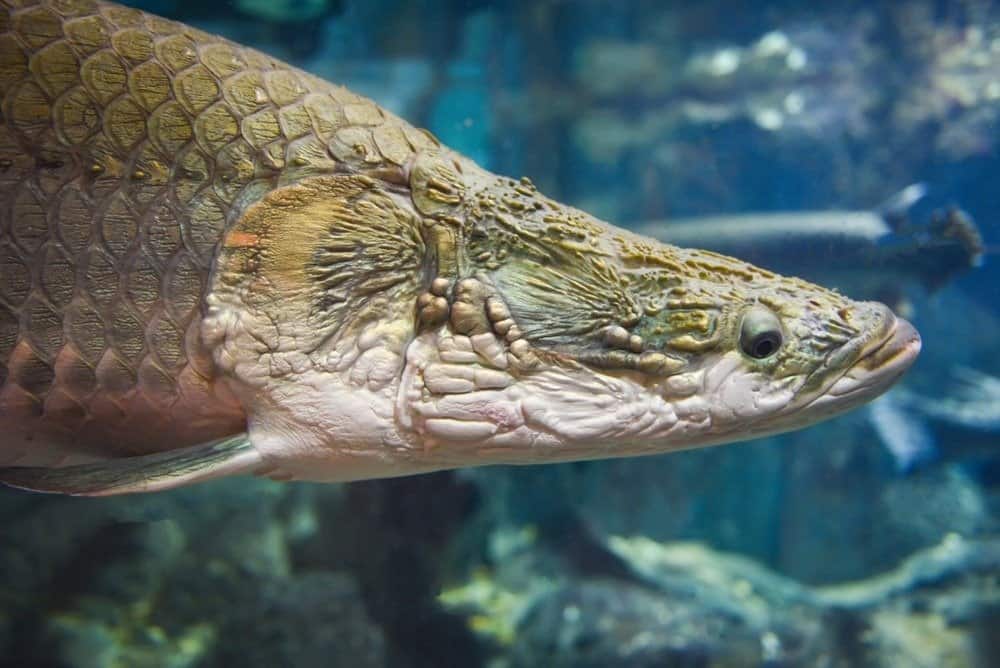
Arapaima lives off the coast of Guyana and can reach 9 feet long.
©Poring Studio/Shutterstock.com
Guyana translates to “land of many waters,” and rightfully so. The country is situated north of the Amazon River, adjacent to the Atlantic Ocean, and east of the Orinoco River, with the Essequibo River running through its center. Throughout the river of the country, over 2,000 fish species reside. Relatively underrated for tourism, Guyana is a popular destination for fishermen looking for large river-dwelling fish, such as:
- Arapaima – Air-breathing, freshwater fish that can reach up to 9 feet in length!
- Yellow Butterfly Peacock Bass – Known for putting up a good fight!
- Himara – Reach over 40 lb!
- Black Piranhas – High cost on the market at around $650 per fish!
Many more valuable species roam the waters, including off the coastline in the Atlantic Ocean. Ocean-dwelling catfish can grow to astonishing sizes. Tarpons are also a popular catch, but Guyana is especially known for its hauls of sea bob shrimp and its exportation.
Snakes in Guyana
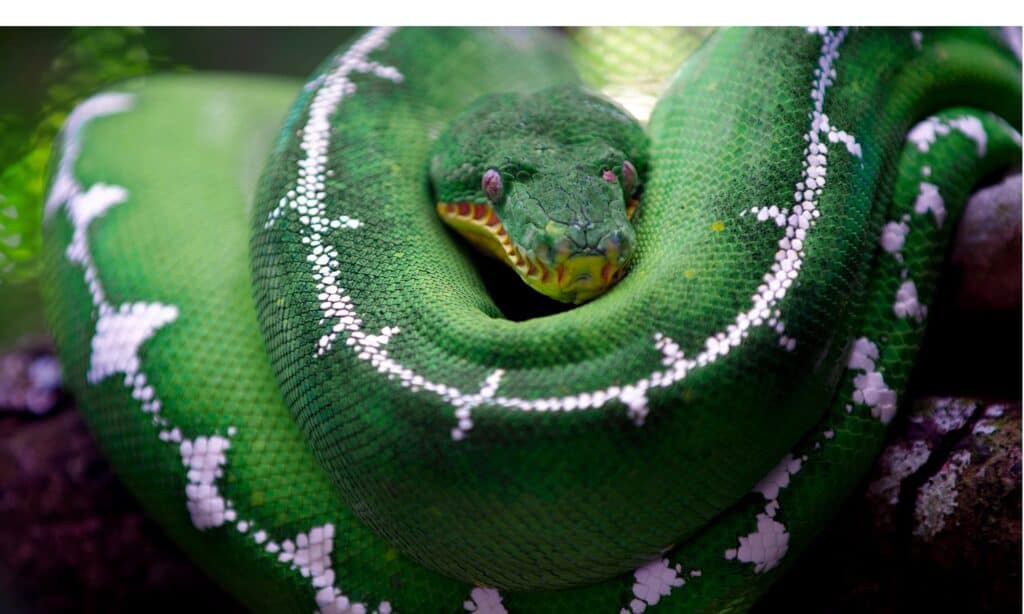
Emerald tree boas live in the rainforests of Guyana.
©iStock.com/Фадеев Олег
Rainforests prove impeccable sites for seeing colorful, vibrant plants and animals. Some of the most brilliantly pigmented animals are reptiles, specifically snakes. Guyana is home to truly remarkable snake species, both venomous and non-venomous. Of the 97 species in the country, most are found within the rainforests, some in savannahs, and others even in urban areas. Below are habitats and snakes found within:
Rainforest
- Emerald Tree Boa
- Rainbow Boa
- Salipenter
- Bushmaster
- Green Anaconda (largest snake in the world!)
Savannah
Tropical Lowlands
- Labaria
- Water Cobra
Various other snake species live in the forests, trees, shrubs, and wetlands of the area. Eight venomous species do pose a threat to humans, but many are not aggressive snakes, only lashing out when provoked. However, it is important to remain aware of your surroundings and understand the proper protocol for any kind of snake bite.
The Most Dangerous Animals in Guyana Today

Like other countries, Guyana holds wildlife that is mostly passive, while some animals may pose threats to humans.
Guyana is home to many dangerous animals, including the jaguar, giant anteater, bushmaster snake, and black caiman. These creatures are dangerous because they have the potential to harm or even kill humans if provoked.
Jaguars are known for their agility and strength. They can reach speeds of up to 40 mph in short bursts and have been known to attack people who enter their territories. Giant anteaters possess sharp claws that are capable of disemboweling a person with one swipe. The venomous bushmaster snake is highly aggressive when threatened and has a bite that can be deadly if not treated quickly enough. Lastly, black caimans live in freshwater habitats like rivers and streams throughout Guyana. They feed on fish as well as small mammals such as capybaras but will lash out against anyone who surprises or threatens them.
The most dangerous animals in Guyana include:
- Piranha – Piranhas are large fish best known for their sharp teeth and carnivorous diet. A person who ventures into a river where piranha lives are at risk of injury. These fish can easily mistake a person’s hands or feet for small fish or other lively prey. The real threat comes when a school of piranha begins to surround a person who has fallen into the water! They are very persistent when going after prey. The person is likely to need a lot of stitches. There are an estimated 200 piranha attacks each year.
- Black Caiman – These reptiles are similar in appearance to American crocodiles. Adult caimans are usually 13 feet but can grow as long as 16.5 feet in adulthood. They have sharp teeth and are fast on land and in the water. Black caimans live in slow-moving rivers and can become aggressive if a human invades their territory. Since 2000, there have been a recorded 80 humans attacked by caimans.
- Giant Otter – It may seem like an otter doesn’t belong on this type of list, but these animals can be very aggressive. They can be five and a half feet long and weigh 70 pounds. They use their very sharp teeth to tear into fish, water snakes, crustaceans, and other prey. A human who gets too close to this otter’s den is risking an aggressive response from this animal. As a note, this animal’s conservation status is endangered with a decreasing population. Unless more protections are put into place, this animal is at risk of becoming extinct.
- Jaguar – The national animal of Guyana is also one of the most dangerous in this country. This animal is the biggest cat in South America. Adults can measure 6 feet long and weigh up to 250 pounds. These big cats are pure muscle and have incredibly strong jaws. Fortunately, they remain hidden most of the time and only show aggression if they feel their cubs are in danger.
Largest Animals in Guyana
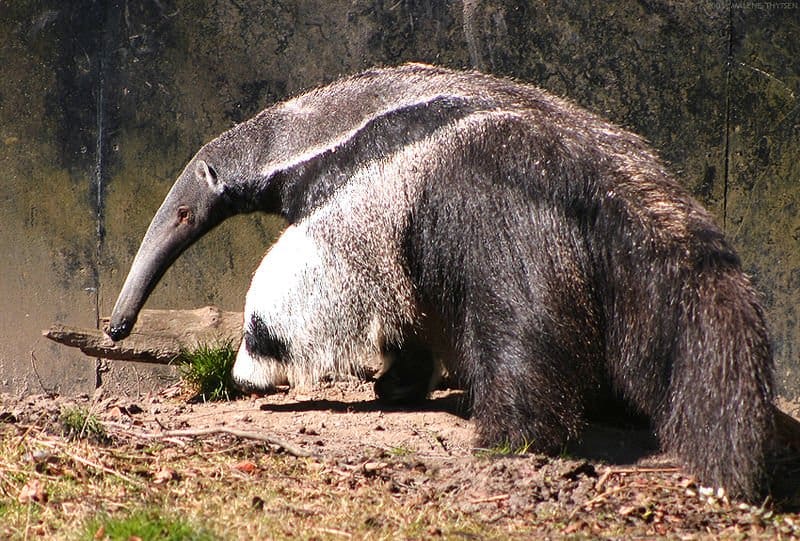
Giant anteater (Myrmecophaga tridactyla) roams around Guyana and can grow nearly nine feet long!
©Malene Thyssen / Creative Commons – License
The three largest animals in Guyana are the giant anteater, the jaguar, and the Harpy Eagle.
Giant Anteaters are approximately 5-8 feet long and can weigh up to 60-100 pounds. They inhabit savannas, grasslands, marshes, dry forests, and rainforests. These large mammals feed mainly on ants and termites, which they catch with their 2-foot-long tongues that stick out of their elongated snouts!
Jaguars are another one of Guyana’s largest animals – weighing between 220 and 340 pounds! Unlike other cats like lions or tigers who live in groups called prides, jaguars like to be alone most of the time, but when it comes to defending territory or finding a mate, they will come together for short periods of time. Jaguars can be found living in wet lowland areas as well as mountains with elevations over 9500 feet.
The last animal is the Harpy Eagle. An apex predator is known for its incredible size and strength! This eagle has wingspans that reach over 6 feet wide, while adults can weigh up to 20 pounds! The Harpy Eagles’ habitat extends from Central America all the way down into South America, including Guyana, where it usually lives high in large trees within tropical rainforest regions like Kaieteur National Park.
Rarest Animals in Guyana

Giant armadillos are a rare animal to spot in Guyana.
©Heiko Kiera/Shutterstock.com
The three rarest animals in Guyana are the giant anteater, the giant armadillo, and the giant otter.
The giant anteater is a large mammal found in tropical and subtropical regions of South America. It has long claws that it uses to dig up ants and termites from their mounds or nests. The species is considered critically endangered due to habitat destruction caused by deforestation as well as poaching for the bushmeat trade. In Guyana, they can be found living in savannas, grasslands, rainforests, and wetlands – all habitats that have been degraded by human activities such as logging and farming practices.
Giant armadillos and giant otters are considered rare in Guyana due to their critically endangered status. It is estimated that there are only about 200-300 giant armadillos left living in the wild, with a population of approximately 500 giant otters. These animals inhabit humid lowland forests and wetlands located near rivers or swamps, although they can sometimes be found traveling through savannahs and grasslands searching for food.
Giant armadillos feed on termites, worms, and larvae, while the diet of the giant otter primarily consists of fish as well as crustaceans and mollusks when available. Unfortunately, both species face threats from habitat destruction caused by deforestation as well as overfishing which has drastically reduced available prey populations leading to a further decline in their numbers. Conservation efforts have been put into place in order to protect these animals from extinction including designating protected areas for them to live safely away from human interference but more must still be done if we wish to save these species from disappearing forever.
Zoos in Guyana
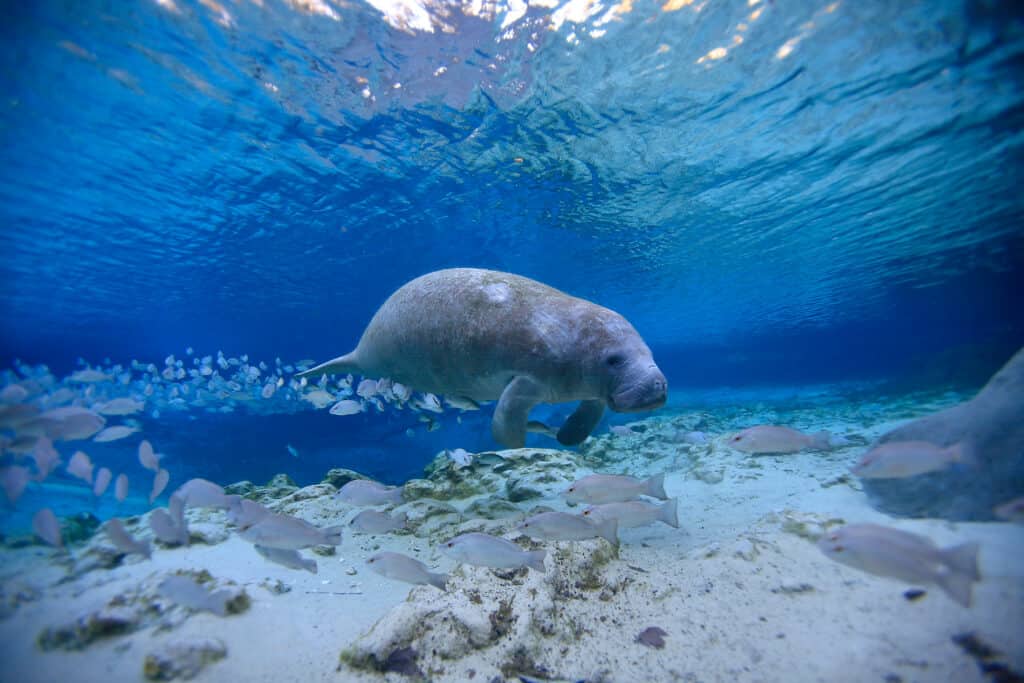
Manatees are one of the animals that you can see at the zoo in Guyana.
©Thierry Eidenweil/Shutterstock.com
Existing since 1895 as a botanical garden, the Guyana Zoo in Georgetown officially became a zoological garden in 1952. The Guyana Zoo partners with the Calgary Zoo as its “sister zoo.” Some of the most popular animals on exhibit include manatees and harpy eagles. Endemic and endangered species of the country take priority within the zoo as well, aiming to aid in conservation efforts and further protection of the animals so unique and special to Guyana and surrounding areas.
Zoos have long been seen as beneficial to animals in a number of ways. It is through zoos that many species are able to be studied and monitored, providing valuable data on population numbers, interactions with other species, and overall health. Furthermore, conservation efforts such as the protection of endangered species can be conducted within zoo environments. For example, the Guyana Zoo’s partnership with the Calgary Zoo has led to successful breeding programs for certain animal populations like manatees and harpy eagles.
However, some people feel that zoos do not adequately replicate natural habitats for animals or provide them with enough space to roam freely, which harms their quality of life. Additionally, stress from visitors could lead animals in captivity to become anxious or aggressive over time which further detracts from their well-being. To help address these issues, there have been various initiatives implemented by zoos around the world, such as using noise-canceling materials in enclosures or introducing enrichment activities into animal habitats so that they are more engaged and less likely to exhibit signs of distress or boredom.
Endangered Animals in Guyana
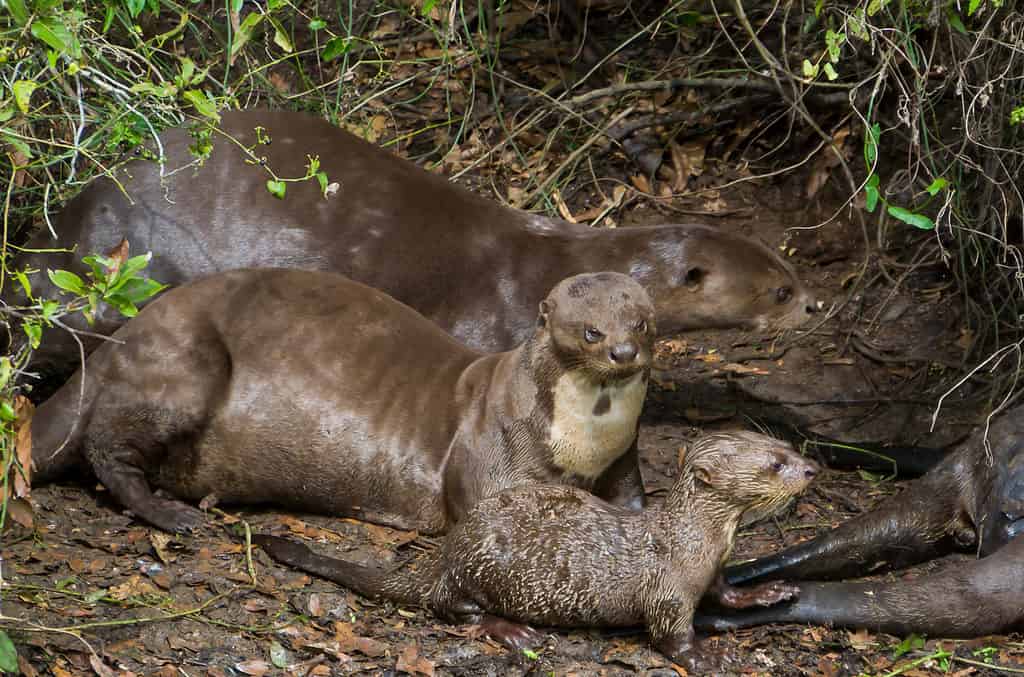
Giant otters are endangered species in Guyana due to human activity.
©ThiagoSantos/Shutterstock.com
Guyana is a small country, and it has a unique variety of animals. Unfortunately, many of these species are endangered due to human activities like deforestation and hunting. According to the International Union for Conservation of Nature (IUCN), nine mammalian species are critically endangered: giant anteater, jaguar, ocelot, giant armadillo, puma, white-lipped peccary, red howler monkey, northern muriqui monkey, and tayra.
In addition to these mammals, there are also several bird species classified as critically endangered, including the harpy eagle and blue-billed curassow. All these animals face threats from habitat destruction caused by logging operations which reduce their natural habitats. Other issues are overhunting for food or sport as well as pollution from oil exploration. Climate change is affecting all animals on the planet. The government of Guyana is working hard to protect its native wildlife through measures such as creating protected areas such as Iwokrama National Park, where some species have been successfully reintroduced back into their natural environment.
- Giant Otter
- Giant Armadillo (Vulnerable)
- Hoary-Throated Spinetail (Critically Endangered)
- MacConnell’s Bush Toad (Vulnerable)
- Sun Parakeet
The Flag of Guyana

Flag of Guyana waving in the wind.
©iStock.com/sezer ozger
The Flag of Guyana is one of the most meaningful flags in the world. Adopted on May 26, 1966, as a symbol of independence from the United Kingdom, it features five colors representing various aspects of Guyanese culture and identity.
Red represents the zeal and dynamism of its people. Gold refers to the country’s mineral wealth. Green recognizes their forests and agricultural industry. Black symbolizes endurance, and white pays tribute to water resources, an essential part of life in this tropical climate. Together these elements come together to show pride in Guyana’s strong nationhood and commitment to progress into the future.
Guyana celebrates both flag day and independence day. Flag Day is celebrated on May 26th in Guyana, celebrating the adoption of the national flag on that date in 1966. On Independence Day, which takes place each year on May 26th as well, the country commemorates its independence from Great Britain in 1966. During these festivities, people often show their patriotism by flying flags and attending special events around the country to commemorate this important event in Guyana’s history.
Guyanese Animals

Agouti
The agouti is one of the only animals that can crack open Brazil nut pods!

Amazon Parrot
These parrots can be trained to be "talking birds" that mimic human speech
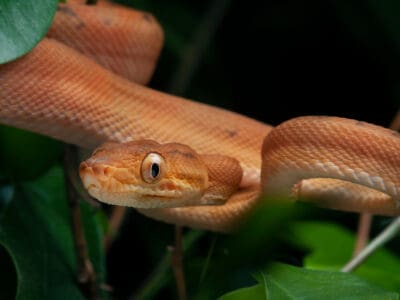
Amazon Tree Boa
Amazon tree boas come in a rainbow of colors.
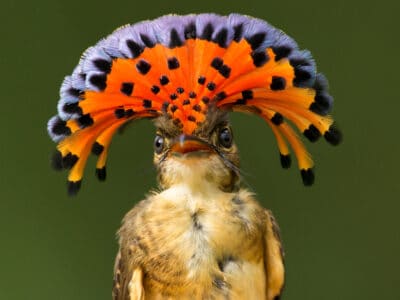
Amazonian Royal Flycatcher
They use their bright royal-looking crests during mating season

Anaconda
They are the heaviest snake in the world

Anhinga
Their name means snake bird

Ant
First evolved 100 million years ago!
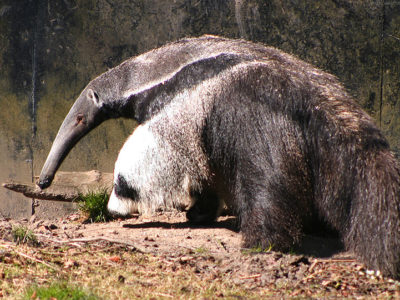
Anteater
Has the longest tongue of any animal in relation to its body size!
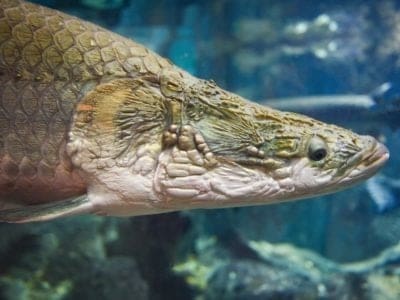
Arapaima
One of the largest freshwater fish
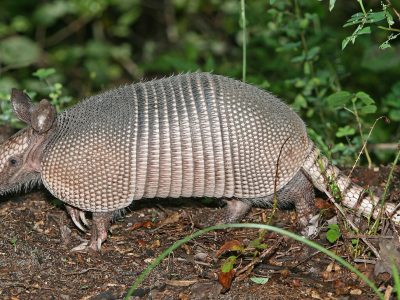
Armadillo
Can curl into a hard, protective ball!

Armyworm
They are so named because they "march" in armies of worms from one crop to another in search of food

Barb
There are over 1768 known species!

Barn Owl
Found everywhere around the world!

Barn Swallow
Older offspring help care for new hatchlings.

Bat
Detects prey using echolocation!

Bear
There are 8 different species!

Bed Bugs
Bed bugs feed for 4-12 minutes.

Bee
Rock paintings of bees date back 15,000 years

Beetle
There are more than 350,000 different species

Bird
Not all birds are able to fly!

Biscuit Beetle
The biscuit beetle form a symbiotic relationship with yeast
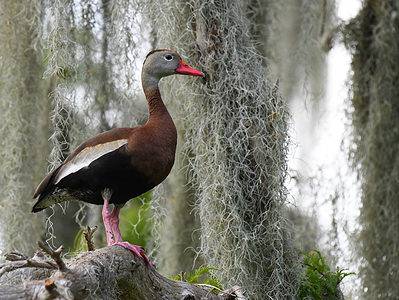
Black-Bellied Whistling Duck
They have bright pink bills.

Black Widow Spider
They typically prey on insects!
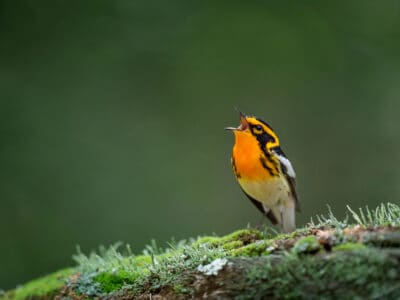
Blackburnian Warbler
They are the only songbird in North America with an orange throat!
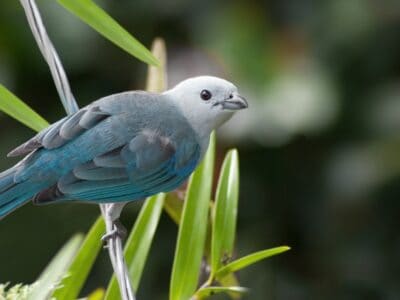
Blue Tanager (Blue-Grey Tanager)
They travel and forage in pairs or groups
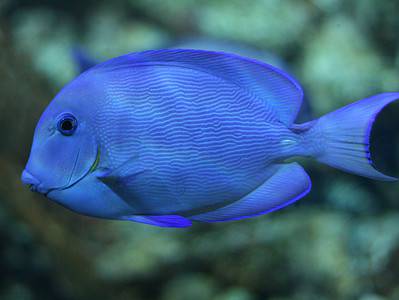
Blue Tang
One of the most colorful members of the genus Acanthurus

Brazilian Treehopper
“Mild-Mannered Minimonsters”

Brown Dog Tick
Can live its entire life indoors
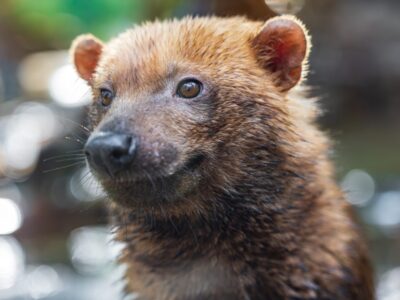
Bush Dog
Bush dogs have webbed toes to help them swim.

Butterfly
There are thought to be up 17,500 species!

Caecilian
Some species' babies use their hooked or scraper-like teeth to peel off and eat their mother's skin
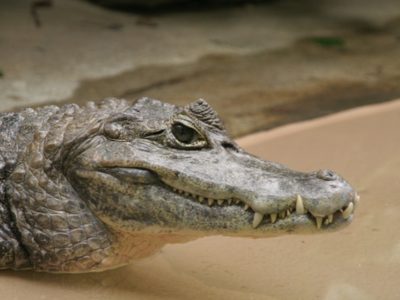
Caiman
Can grow to up 6 meters long!

Camel Cricket
The camel crickets that are found in the USA are light brown in color. They also have dark streaks all over their body.

Capybara
Excellent at both diving and swimming

Carpenter Ant
Carpenter ants can lift up to seven times their own weight with their teeth!

Cat
May have been domesticated up to 10,000 years ago.

Caterpillar
The larvae of a moth or butterfly!

Catfish
There are nearly 3,000 different species!

Centipede
There are about 3,000 documented species!

Chicken
First domesticated more than 10,000 years ago!
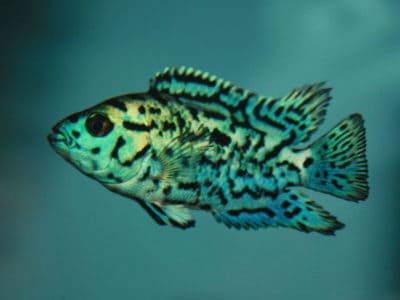
Cichlid
There are more than 2 000 known species!

Coati
Found in dense forests and wet jungles!

Cockroach
Dated to be around 300 million years old!

Codling Moth
Pupae are able to undergo diapause to survive poor fruit yield years and winter.
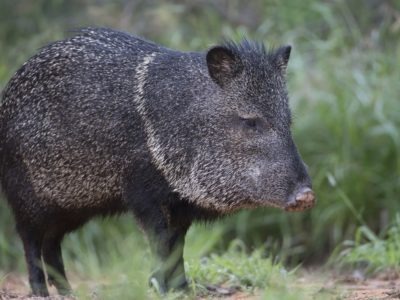
Collared Peccary
Form bands of up to 12 individuals!

Common Furniture Beetle
The common furniture beetle feeds exclusively on wood

Common House Spider
House spiders have the ability to eat most insects in a home.

Coral Snake
There are over 80 species of coral snake worldwide.

Cormorant
They can fly 35 mph and dive 150 feet below water.

Cow
There are nearly 1.5 billion worldwide!

Crab
There are 93 different crab groups
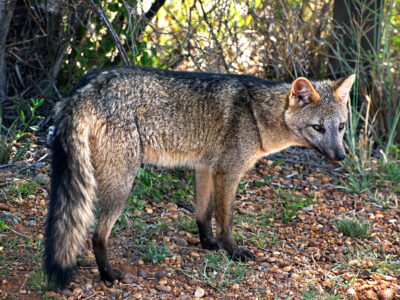
Crab-Eating Fox
The crab-eating fox is extremely adaptable, living in all sorts of habitats and eating almost any available food.

Crab Spider
Crab Spiders can mimic ants or bird droppings

Cricket
Male crickets can produce sounds by rubbing their wings together

Crocodile
Have changed little in 200 million years!

Crocodylomorph
Crocodylomorphs include extinct ancient species as well as 26 living species today.

Crow
A group of these birds is called a Murder.
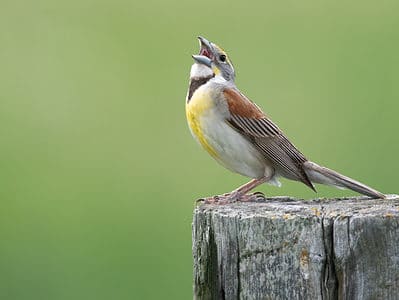
Dickcissel
They have a unique call that they are named for.
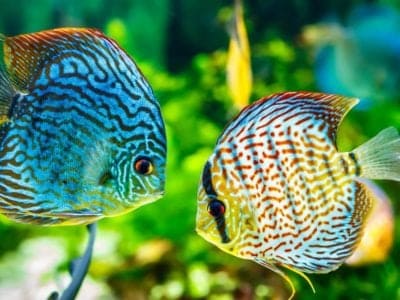
Discus
One of the only schooling Cichlids!

Dog
First domesticated in South-East Asia!

Dog Tick
Dog ticks feed on dogs and other mammals

Donkey
First domesticated 5,000 years ago!

Dragonfly
It's larvae are carnivorous!
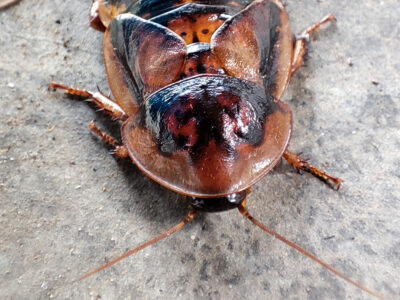
Dubia Cockroach
The most popular species of feeder roach

Duck
Rows of tiny plates line their teeth!

Dung Beetle
The dung beetle can push objects many times its own weight
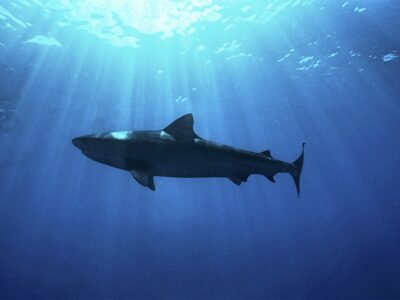
Dusky Shark
The Dusky Shark sometimes eats trash discarded by humans.
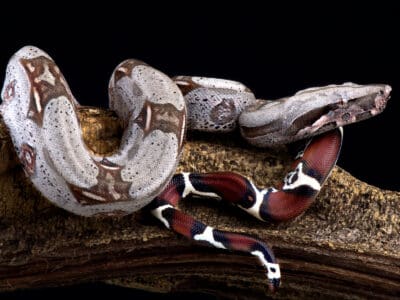
Dwarf Boa
Some species can change color from dark to light, and back again.

Eagle
Has exceptional eyesight!

Earthworm
They are hermaphrodites, which means they have male and female organs

Earwig
There are nearly 2,000 different species!

Eastern Meadowlark
They can live up to 9 years.

Eel
Eels can be a mere few inches long to 13 feet!
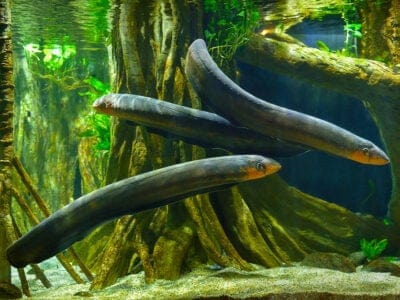
Electric Eel
Despite its powerful shock, electric eels have terrible vision.
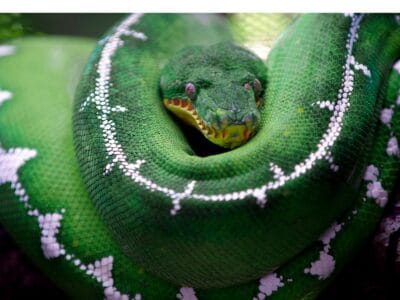
Emerald Tree Boa
Their teeth are as long as a fully-grown reticulated python

Falcon
The fastest creatures on the planet!

False Widow Spider
False spiders actually prey on black widow spiders and other hazardous spiders

Firefly
The firefly produces some of the most efficient light in the world
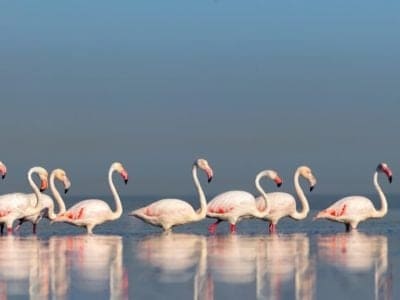
Flamingo
Sleeps on just one leg!

Flea
Adult fleas can jump up to 7 inches in the air

Fly
There are more than 240,000 different species!

Flying Squirrel
Can glide up to 90 meters!

Frog
There are around 7,000 different species!

Fruit Fly
Fruit flies are among the most common research animals in the world
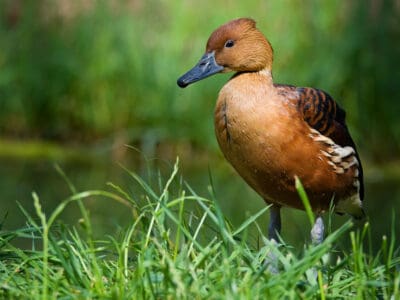
Fulvous Whistling Duck
They build a ramp from their nest, which leads to a nearby water source

Gecko
There are thought to be over 2,000 species!

German Cockroach
The most common type of urban roach
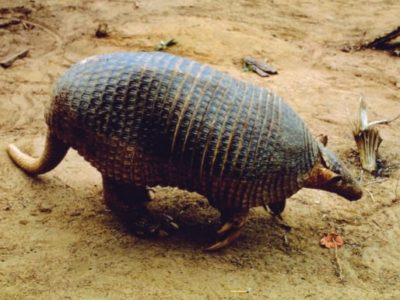
Giant Armadillo
Armadillos have a smell that’s described as strong, sweet and acrid.

Glowworm
Found inhabiting dense woodland and caves!

Gnat
Males form large mating swarms at dusk

Grasshopper
There are 11,000 known species!
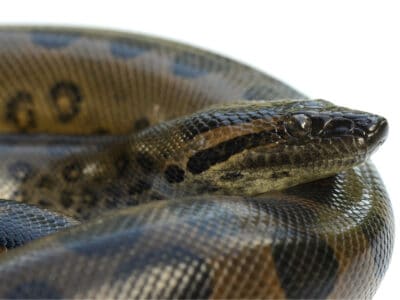
Green Anaconda
Females are often five times longer than males.

Guinea Pig
Natively found in the Andes Mountain range!
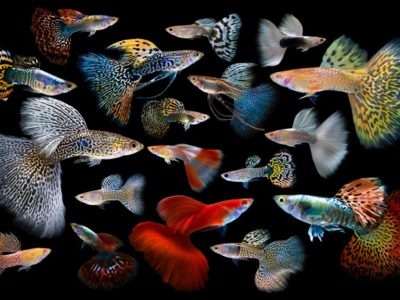
Guppy
Also known as the Millionfish!

Gypsy Moth
One of the most invasive species in the world

Hamster
Able to run as quickly backwards as forwards!

Hare
Can reach speeds of over 50 mph!
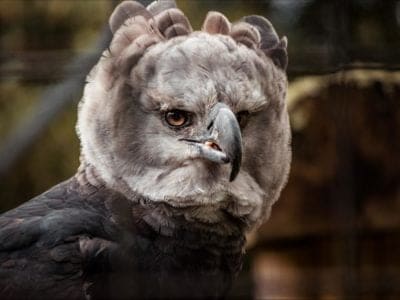
Harpy Eagle
Talon's the size of a grizzly bear's claws!

Harris’s Hawk
Their vision is eight times better than a human's

Hawk Moth Caterpillar
Many hawk moth caterpillars eat toxins from plants, but don’t sequester them the way milkweed butterflies do. Most toxins are excreted.
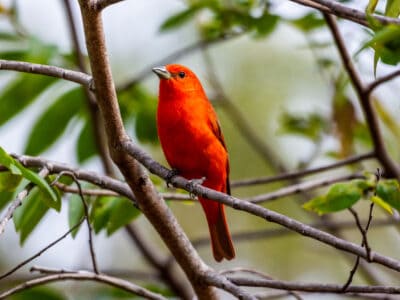
Hepatic Tanager (Red Tanager)
Parents and their young sing sweetly to each other

Hercules Beetle
This dynastine scarab beetle makes a weird huffing sound when it’s disturbed.

Heron
Inhabits wetlands around the world!

Honey Bee
There are only 8 recognized species!
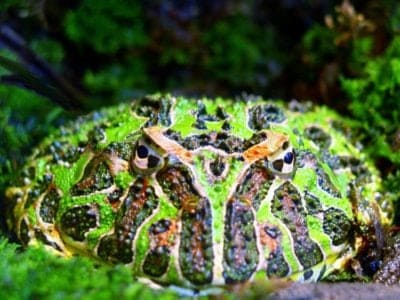
Argentine Horned Frog
Natively found in South America!

Horse
Has evolved over 50 million years!

Horsefly
Horseflies have been seen performing Immelmann turns, much like fighter jets.
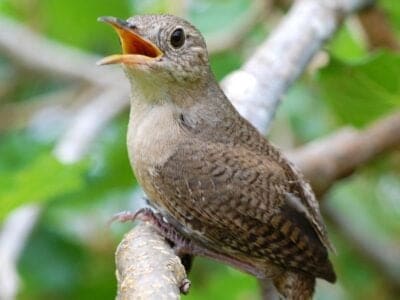
House wren
The wren’s epithet, aedon, comes from a Greek queen who accidentally killed her only son. She was actually aiming for her nephew, and Zeus took pity on her and turned her into a nightingale.

Housefly
The fly has no teeth

Howler Monkey
Spends 80% of it's time resting!

Human
Thought to have orignated 200,000 years ago!

Hummingbird
Beat their wings up to 80 times per second!

Huntsman Spider
Some huntsman spiders have an interesting way of moving around. Some cartwheel while others do handsprings or backflips.

Ibis
Found in swamps, marshes and wetlands!
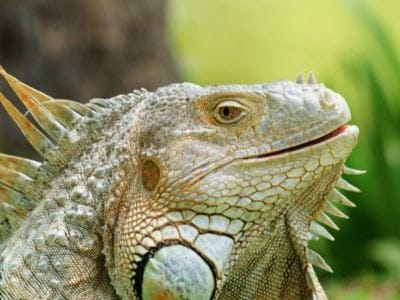
Iguana
Uses visual signals to communicate!
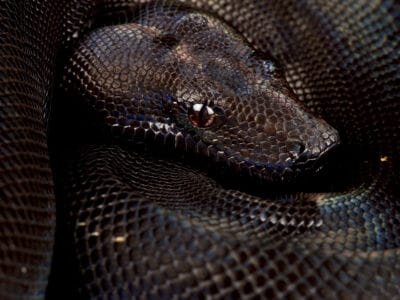
IMG Boa Constrictor
The first IMG boa was born in a litter of anerythristic boas.

Insects
There are an estimated 30 million species!
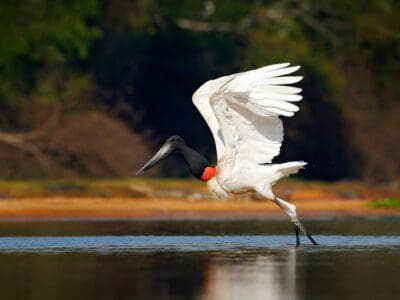
Jabiru
They form lifelong pair bonds and live in groups near water sources.

Jacana
The jacana has the ability to swim underwater

Jack Crevalle
One of the biggest species in the Caranx genus
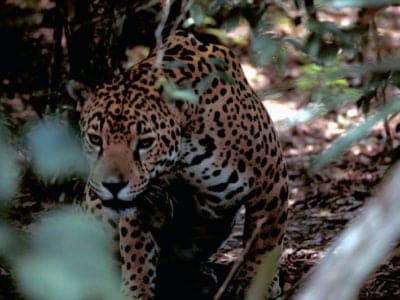
Jaguar
The largest feline on the American continent!

Jumping Spider
Some can jump 50 times the length of their bodies

Kingfisher
Inhabits wetlands and woodlands worldwide!
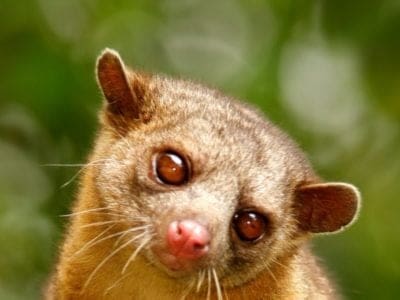
Kinkajou
The kinkajou is a nimble forest-dwelling mammal of Central and South America.

Ladybug
There are more than 5,000 species worldwide!

Leech
Has 10 pairs of eyes!
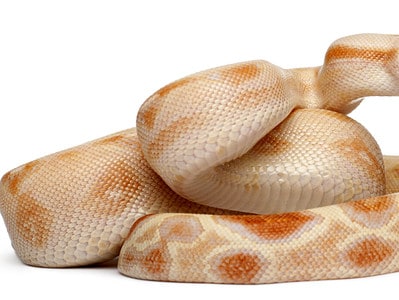
Lipstick Albino Boa
Lipstick albino boas are a designer morph that you'll only find from breeders.

Lizard
There are around 5,000 different species!

Locust
Each locust can eat its weight in plants each day.
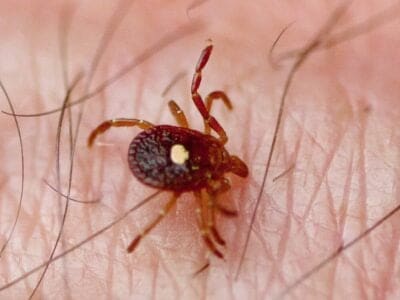
Lone Star Tick
Only females have the ‘lone star’ marking

Macaw
The largest species of parrot in the world!

Maggot
Will only live in wet areas

Margay
Margays are one of the world’s most highly adapted cat species for climbing trees!
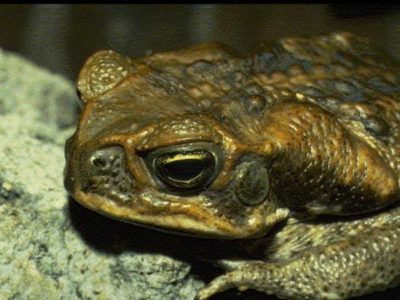
Marine Toad
Produces a toxin used in arrow darts!

Mayfly
There are 2,500 known species worldwide!

Mealybug
They have a symbiotic relationship with ants.

Millipede
Some species have a poisonous bite!

Mockingbird
Mockingbirds are incredible mimics that can learn hundreds of songs!

Mole
Primarily hunts and feeds on Earthworms!

Mole Cricket
Adult Mole crickets may fly as far as 5 miles during mating season and are active most of the year.
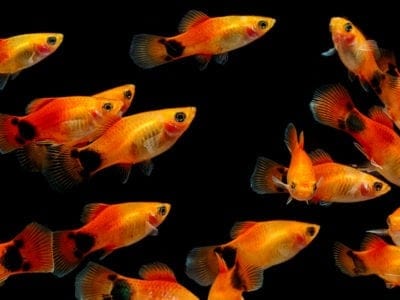
Molly
Known for their calm and peaceful nature!
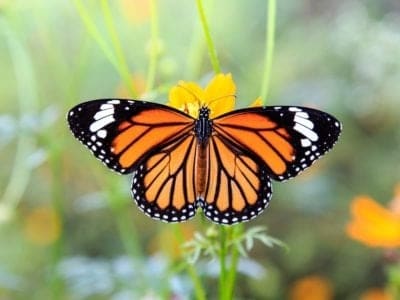
Monarch Butterfly
During migration, Monarch Butterflies may travel 250 or more miles each day.

Mongrel
Has characteristics of two or more breeds!

Monkey
There are around 260 known species!

Moorhen
Feeds on aquatic insects and water-spiders!

Mosquito
Only the female mosquito actually sucks blood

Moth
There are 250,000 different species!
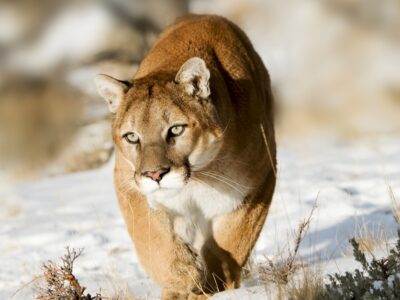
Mountain Lion
Has no real natural predators!

Mouse
Found on every continent on Earth!

Mule
The offspring of a horse and donkey parents!
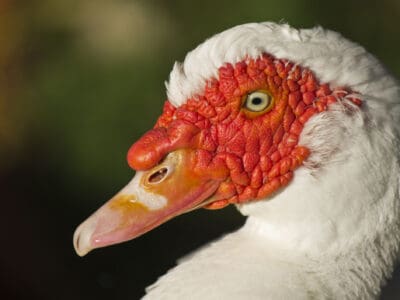
Muscovy Duck
Unlike most duck species, the Muscovy is silent and only makes noise when excited or threatened.

Nematode
Nematodes range in size from 1/10 of an inch to 28 feet long

No See Ums
There are more than 5,000 species.
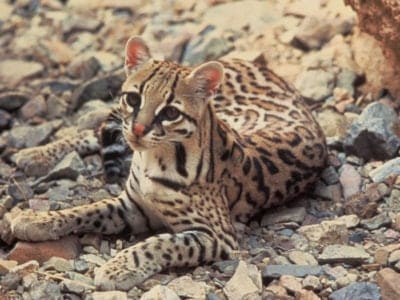
Ocelot
Also known as the Painted Leopard!

Orb Weaver
Females are about four times the size of males

Osprey
They reuse nesting sites for 70 years!

Otter
There are 13 different species worldwide

Owl
The owl can rotate its head some 270 degrees
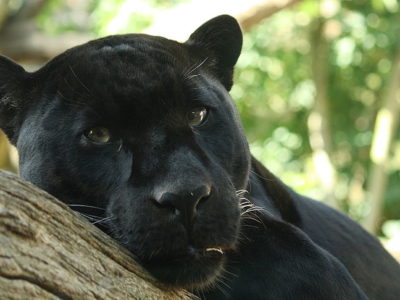
Panther
Prefers to hunt at night than during the day!

Parrot
Can live for up to 100 years!

Parrotlet
Parrotlets aren't the world's tiniest parrot — that would be the pygmy parrot of Australasia.
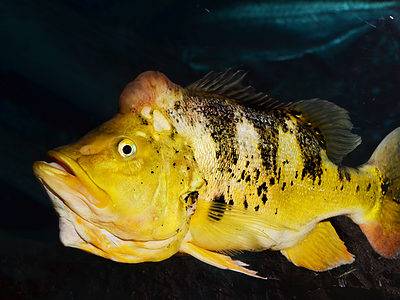
Peacock Bass
Peacock bass is known for their aggressive behavior and predatory instincts, making them a challenging target for sport fishermen.

Peregrine Falcon
Fastest animal on Earth

Pheasant
Females lay between 8 and 12 eggs per clutch!

Pigeon
They can find their way back to their nests from up to 1300 miles away.
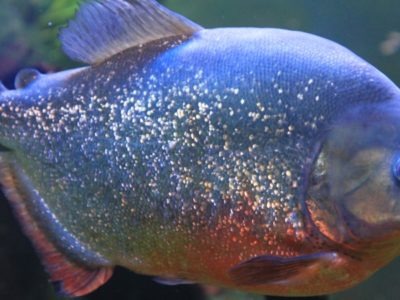
Piranha
Generally found in fast-flowing streams!
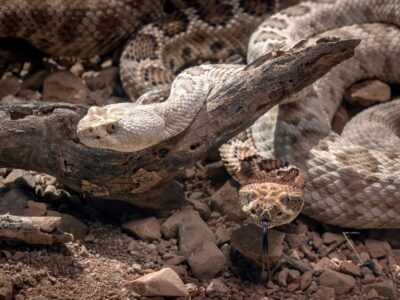
Pit Viper
Pit vipers's fangs fold up into their mouths when they don't need them.

Platinum Arowana
The male broods the eggs and baby fish in his mouth.
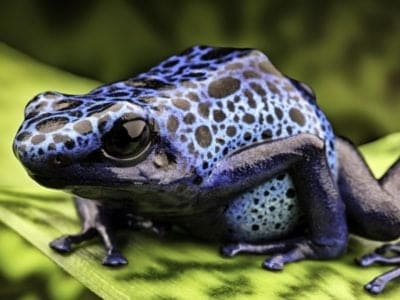
Poison Dart Frog
Inhabits the jungles of Central and South America!

Pompano Fish
They are bottom-feeders

Porcupine
There are 30 different species worldwide!

Praying Mantis
The mantis can turn its head 180 degrees.

Puma
Has longer back legs than front legs!

Quail
Inhabits woodland and forest areas worldwide!
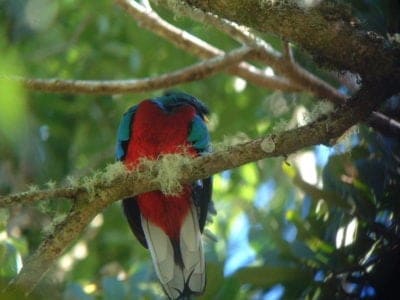
Quetzal
The tail feathers of the male can be 1m long!
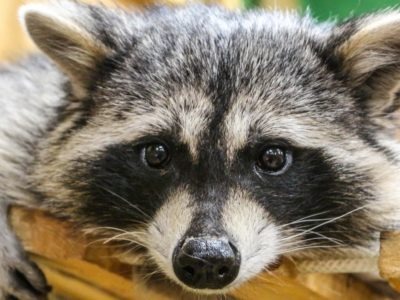
Raccoon
Known to wash their food before eating it!
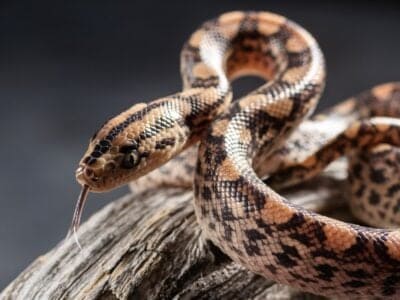
Rainbow Boa
The rainbow boa is named for its iridescent skin that refracts light and creates a rainbow-colored effect.

Rat
Omnivores that eat anything!

Rat Snakes
Rat snakes are constrictors from the Colubridae family of snakes.

Rattlesnake
Rattlesnakes may have evolved their rattle to warn bison away from them.

Red-Footed Tortoise
Male and female Red-Footed Tortoises move their heads to communicate.

Red-handed Tamarin
Red hair on hands on feet!

River Turtle
Inhabits freshwater habitats around the world!

Rodents
The capybara, the world’s largest rodent, likes to be in and around bodies of water. Because of this, the Catholic Church in South America decided that it was a fish, and people were allowed to eat it during Lent and First Fridays.

Rooster
Will mate with the entire flock!
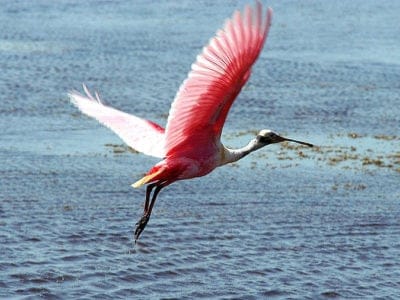
Roseate Spoonbill
The only Spoonbill in the western hemisphere!

Saber-Toothed Tiger
Canines up to 7 inches long!

Sable Ferret
Ferrets were used during the Revolutionary War to keep down the rat population.

Salamander
There are more than 700 different species!

Sand Crab
The sand crab burrows beneath the sand with its tail
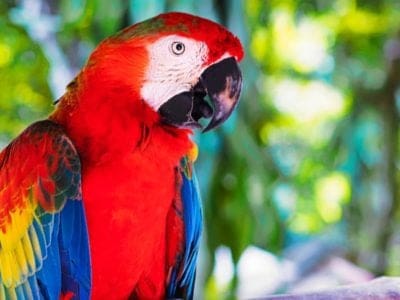
Scarlet Macaw
Like many parrots, the scarlet macaw is capable of vocal mimicry.

Scorpion
There are around 2,000 known species!

Seahorse
Males give birth to up to 1,000 offspring!

Sheep
Around 35 million in the English countryside!

Short-Eared Owl
The short-eared owl is one of the most widespread owl species in the world, covering five continents.

Shrew
The spinal column of the shrew Scutisorex somereni is so strong and reinforced that it can support the weight of an adult human.

Shrimp
There are 2,000 different species worldwide!
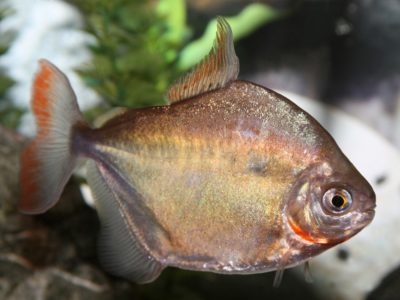
Silver Dollar
Closely related to the Piranha

Skink Lizard
Some skinks lay eggs in some habitats while giving birth to skinklets in other habitats.
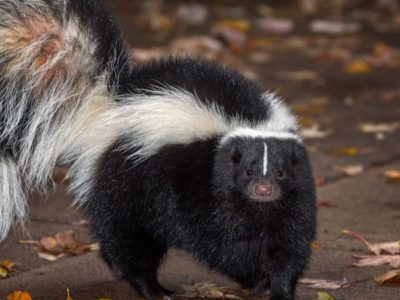
Skunk
Also known as the Polecat!
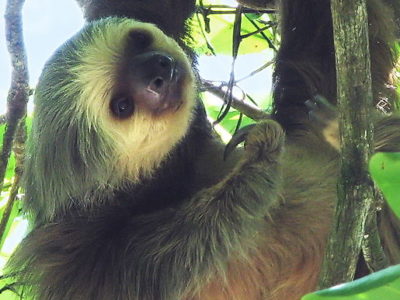
Sloth
It's body temperature is between 30 - 34 degrees!

Slug
They glide around on one foot, which is aided by the slime they produce

Smokybrown Cockroach
Has up to 45 eggs per egg case

Snail
There are nearly 1,000 different species!

Snake
There are around 4,000 known species worldwide

Sparrow
There are 140 different species!

Spider Wasp
They prey on spiders to feed their larvae or they parasitize other spider wasps.

Squirrel
Small rodents found in woodlands worldwide!
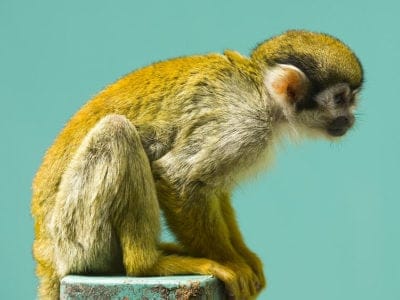
Squirrel Monkey
Lives in groups of up to 500 individuals!

Stick Insect
There are more than 3,000 different species!

Stork
They can’t sing like other birds.
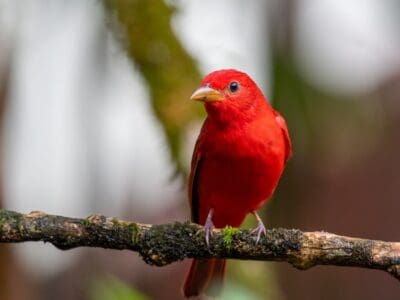
Summer Tanager
They remove bee stingers by rubbing them against a tree

Swan
Populations have been affected by pollution!

Tapir
Most closely related to horses and rhinos!

Tarantula Hawk
Tarantula hawks are excellent pollinators, especially for milkweed.

Termite
Their mounds can be up to 9 meters tall!

Tetra
Native to the freshwater streams of South America!

Thrush
The American robin is called the robin because its red breast reminded European settlers of the robin back in the old country.

Tick
They inject hosts with a chemical that stops them from feeling the pain of the bite

Tiger Beetle
The adult tiger beetle is one of the fastest land insects in the world

Tortoise
Can live until they are more than 150 years old!
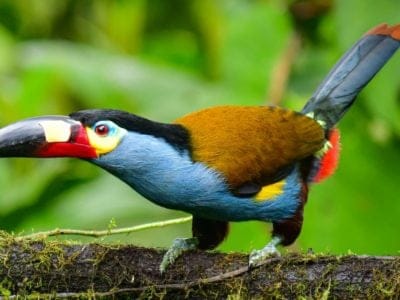
Toucan
There are more than 40 different species!

Tree Frog
Found in warmer jungles and forests!
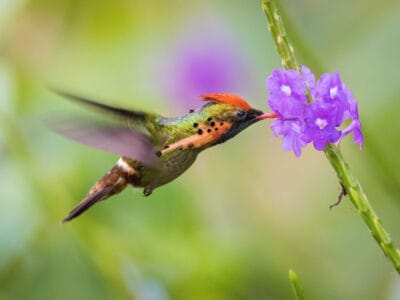
Tufted Coquette
They are tame and easy to approach

Turtles
Some species of aquatic turtles can get up to 70 percent of their oxygen through their butt.
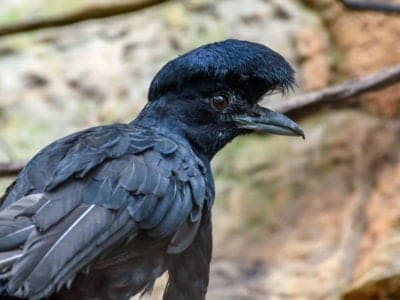
Umbrellabird
Migrates up and down the mountains!

Unau (Linnaeus’s Two-Toed Sloth)
Its top speed is 0.17mph

Upland Sandpiper
They make jerky movements as they walk through the grass, searching for food.

Vampire Bat
Have a heat sensor on the end of their nose!
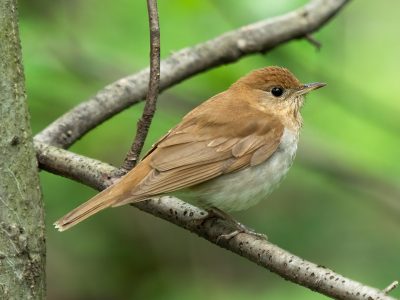
Veery
The veery is named for its sharp "veer" call.
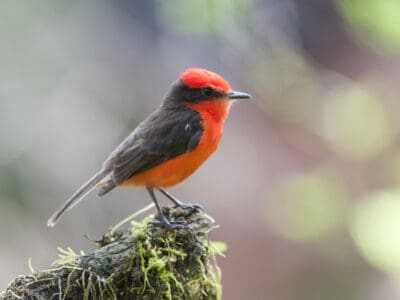
Vermilion Flycatcher
They have a fast song that lasts up to 10 syllables at max.
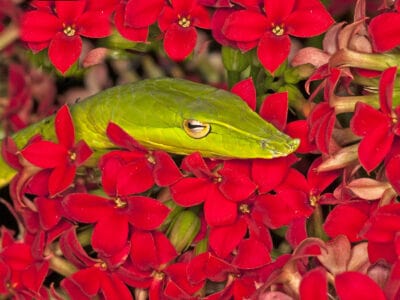
Vine Snake
A slender body and elongated snout give the vine snake a regal look.

Vinegaroon
Vinegaroons can spray 19 times before the glands are depleted

Vulture
There are 30 different species worldwide!

Wasp
There are around 75,000 recognised species!
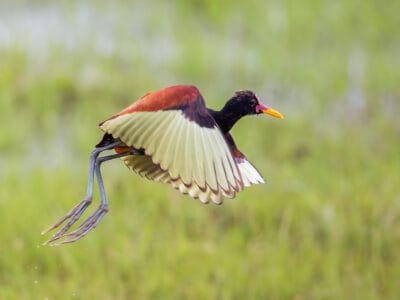
Wattled Jacana
They are typically noisy birds but take on a soft tone with their young.

Whiptail Lizard
Many whiptail species reproduce asexually.

White Ferret / Albino Ferrets
There are two different types of white ferrets!
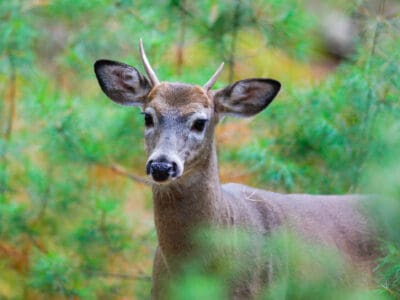
Whitetail Deer
Although deer are herbivores, they will sometimes eat mice and birds when they can catch them.

Wolf Spider
Carnivorous arachnid that hunts its prey.
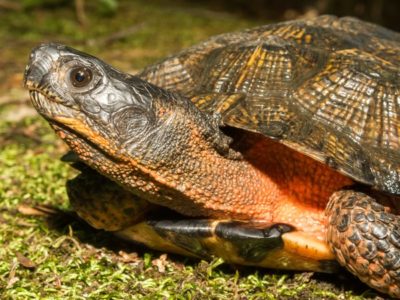
Wood Turtle
Temperature determines the sex of turtle eggs

Woodlouse
This animal can roll up into a ball

Woodpecker
There are 200 different species!

Worm
Doesn’t have eyes.
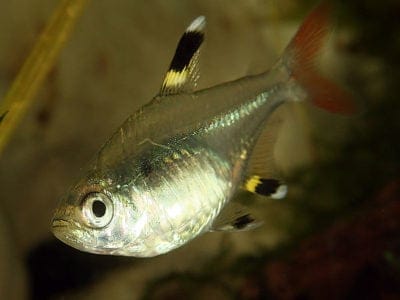
X-Ray Tetra
Yellow, black and white striped fins!
Guyanese Animals List
- Agouti
- Amazon Parrot
- Amazon Tree Boa
- Amazonian Royal Flycatcher
- Anaconda
- Anhinga
- Ant
- Anteater
- Arapaima
- Armadillo
- Armyworm
- Barb
- Barn Owl
- Barn Swallow
- Bat
- Bear
- Bed Bugs
- Bee
- Beetle
- Bird
- Biscuit Beetle
- Black-Bellied Whistling Duck
- Black Widow Spider
- Blackburnian Warbler
- Blue Tanager (Blue-Grey Tanager)
- Blue Tang
- Brazilian Treehopper
- Brown Dog Tick
- Bush Dog
- Butterfly
- Caecilian
- Caiman
- Camel Cricket
- Capybara
- Carpenter Ant
- Cat
- Caterpillar
- Catfish
- Centipede
- Chicken
- Chilean Recluse Spider
- Cichlid
- Coati
- Cockroach
- Codling Moth
- Collared Peccary
- Common Furniture Beetle
- Common House Spider
- Coral Snake
- Cormorant
- Cow
- Crab
- Crab-Eating Fox
- Crab Spider
- Cricket
- Crocodile
- Crocodylomorph
- Crow
- Cuckoo
- Dickcissel
- Discus
- Dog
- Dog Tick
- Donkey
- Dragonfly
- Dubia Cockroach
- Duck
- Dung Beetle
- Dusky Shark
- Dwarf Boa
- Eagle
- Earthworm
- Earwig
- Eastern Meadowlark
- Eel
- Electric Eel
- Emerald Tree Boa
- Falcon
- False Widow Spider
- Firefly
- Flamingo
- Flea
- Fly
- Flying Squirrel
- Frog
- Fruit Fly
- Fulvous Whistling Duck
- Gecko
- German Cockroach
- Giant Armadillo
- Glowworm
- Gnat
- Grasshopper
- Green Anaconda
- Guinea Pig
- Guppy
- Gypsy Moth
- Hamster
- Hare
- Harpy Eagle
- Harris’s Hawk
- Hawk Moth Caterpillar
- Hepatic Tanager (Red Tanager)
- Hercules Beetle
- Heron
- Honey Bee
- Argentine Horned Frog
- Horse
- Horsefly
- House wren
- Housefly
- Howler Monkey
- Human
- Hummingbird
- Huntsman Spider
- Ibis
- Iguana
- IMG Boa Constrictor
- Insects
- Jabiru
- Jacana
- Jack Crevalle
- Jaguar
- Jumping Spider
- Kingfisher
- Kinkajou
- Ladybug
- Leech
- Lipstick Albino Boa
- Lizard
- Locust
- Lone Star Tick
- Macaw
- Maggot
- Margay
- Marine Toad
- Mayfly
- Mealybug
- Millipede
- Mockingbird
- Mole
- Mole Cricket
- Molly
- Monarch Butterfly
- Mongrel
- Monkey
- Moorhen
- Mosquito
- Moth
- Mountain Lion
- Mouse
- Mule
- Muscovy Duck
- Nematode
- No See Ums
- Ocelot
- Orb Weaver
- Osprey
- Otter
- Owl
- Ox
- Panther
- Parrot
- Parrotlet
- Peacock Bass
- Peregrine Falcon
- Pheasant
- Pigeon
- Piranha
- Pit Viper
- Platinum Arowana
- Poison Dart Frog
- Pompano Fish
- Porcupine
- Praying Mantis
- Puma
- Quail
- Quetzal
- Raccoon
- Rainbow Boa
- Rat
- Rat Snakes
- Rattlesnake
- Red-Footed Tortoise
- Red-handed Tamarin
- River Turtle
- Rodents
- Rooster
- Roseate Spoonbill
- Saber-Toothed Tiger
- Sable Ferret
- Salamander
- Sand Crab
- Scarlet Macaw
- Scorpion
- Seahorse
- Sheep
- Short-Eared Owl
- Shrew
- Shrimp
- Silver Dollar
- Skink Lizard
- Skunk
- Sloth
- Slug
- Smokybrown Cockroach
- Snail
- Snake
- Sparrow
- Spider Wasp
- Squirrel
- Squirrel Monkey
- Stick Insect
- Stork
- Summer Tanager
- Swallowtail Butterfly
- Swan
- Tapir
- Tarantula Hawk
- Termite
- Tetra
- Thrush
- Tick
- Tiger Beetle
- Tortoise
- Toucan
- Tree Frog
- Tufted Coquette
- Turtles
- Umbrellabird
- Unau (Linnaeus’s Two-Toed Sloth)
- Upland Sandpiper
- Vampire Bat
- Veery
- Vermilion Flycatcher
- Vine Snake
- Vinegaroon
- Vulture
- Wasp
- Wattled Jacana
- Whiptail Lizard
- White Ferret / Albino Ferrets
- Whitetail Deer
- Wolf Spider
- Wood Turtle
- Woodlouse
- Woodpecker
- Worm
- X-Ray Tetra
Guyana FAQs (Frequently Asked Questions)
What is the national animal in Guyana?
The national animal of Guyana is the jaguar. This big cat has tan fur with black spots sometimes referred to as rosettes. They are called rosettes because of their similarity to the shape of small roses. In Guyana, their conservation status is Near Threatened due to habitat loss and poaching for their fur and meat. However, they are categorized as extinct in another small South American country called Uruguay.
What is the most dangerous animal in Guyana?
The most dangerous animal in Guyana is the jaguar. This is due to its powerful bite force, speed, and strength. They use their strong jaws to eat various types of prey including deer, tapirs, peccaries and even turtles. However, these big cats are hidden from sight most of the time and aren’t likely to become aggressive unless their cubs are being threatened.
What animals live in Guyana?
Many different types of wildlife live in Guyana. Some examples include snakes like the Emerald tree boa, the green anaconda and the Salipenter snake. A few of the mammals in Guyana include the jaguar, capuchin monkey, tapir, and the giant otter. Other notable animals living in this small South American country include the black caiman, jabiru stork, piranha, hoatzin, and the bush dog.
Are capybaras in Guyana?
Yes capybaras are found in Guyana. They live in the rainforest and are known as the largest rodent in the world!



